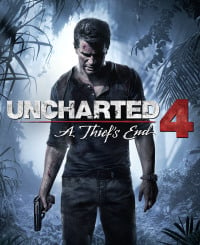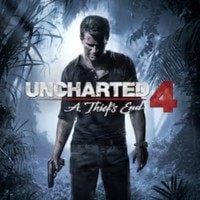Uncharted 4: A Thief's End Review – The best PS4 exclusive on the market
After several years of living in peace, Nathan Drake is back to embark on his last grand adventure. Is A Thief's End as good a conclusion as we hoped it would be?
The review is based on the PS4 version.
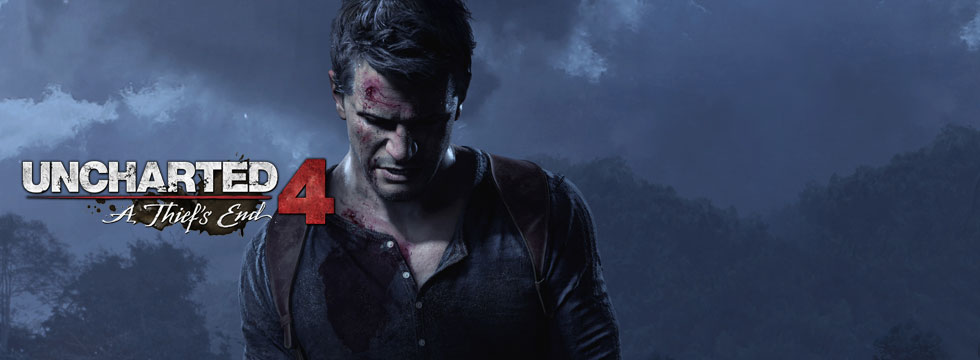
- Outstanding location design;
- Satisfying story, very likable characters;
- Great shooting mechanics;
- Much more freedom during firefights;
- Sneaking (however basic, but still);
- Open areas are a nice touch;
- Top-notch audio-visuals;
- Reeeally hard on the highest difficulty level.
- AI leaves a lot to be desired;
- Allies sometimes act weird in sneaking sequences.
“If I go there will be trouble, but if I stay it will be double”, sang Joe Strummer in The Clash’s hit, and the same could be said about the popular series by Naughty Dog; according to the creators of Nathan Drake’s adventures, the fourth part is the final one. The American developers decided to drop the franchise after releasing the best game in the relatively brief series, which brings to mind CD Projekt Red’s decision regarding the adventures of Geralt of Rivia. Both examples have something more in common: the protagonists of both games have in fact a hard time deciding whether to stay or go. The Polish studio has already released one bulky expansion for The Witcher 3: Wild Hunt, and the next one is on its way. Uncharted 4 will also get such an expansion (first time in the series!), which might be interesting, considering the rather surprising ending of A Thief’s End.
Exactly: the end. From the very beginning of the story, you can sense that Naughty Dog are trying to prepare us for the inevitable parting with the charismatic thief. The initial chapters put a lot of emphasis on the main, well-known characters, and although their adventures are intertwined with exploratory platformer sections, it soon becomes clear that those are merely a background for the scenes with the people we’ve come to love. Most of the script has been dedicated to Nathan’s dilemmas – after marrying Elena he wanted to live a calm and peaceful life away from danger, but he soon succumbs to the temptation of another wild adventure when his brother – Samuel – comes into the picture. His appearance further complicates Nathan’s personal life, and forces him to make decisions that are way outside of his comfort zone. I think none of the previous games were focused so much on the treasure hunter’s feelings, which gives the first couple of chapters a different, more serious vibe. I found this approach most satisfying.
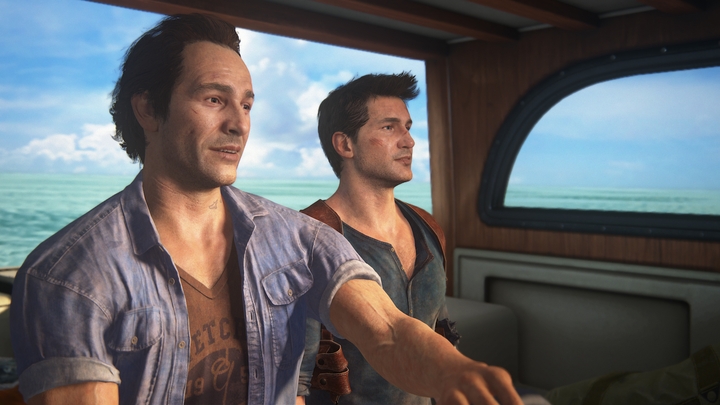
Despite our best intentions, we didn’t get to test the multiplayer mode. As a matter of fact, Sony set up a couple of closed-environment sessions, but in spite of complying with the given schedule, I had connection issues, which prevented me from trying out the multiplayer. However, considering that online modes are of secondary importance in Uncharted, we decided to give the final rating based only on the single player. We’ll probably get back to this topic soon, especially since Naughty Dog say they will be developing the multi for months to come, and the DLCs are going to be free of charge.
The long lost brother appearing out of the blue may be called a cheap trick, but Naughty Dog dealt with it very skillfully. Initial stages of the campaign give much attention to Samuel, which allows every player to form an opinion about him. What’s even more important, the motivation of both brothers appears to be convincing and well-grounded. This doesn’t mean that we don’t get that Indiana-Jones-style chase after great treasures that, by some unexplainable coincidence, hadn’t been discovered for hundreds of years, even in the era of all-seeing satellites. There is no doubt that this is the most mature plot of the franchise; however, a dose of humor typical for Uncharted is still here. It makes this farewell all the more bittersweet as I’ve really developed a bond with these characters.
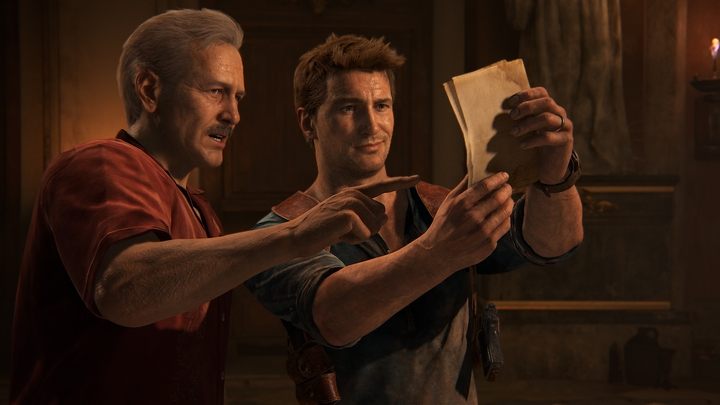
Before the release, a lot was said about the technical aspects of this game, and U4 indeed delivers in this field. It looked a lot better in the gameplay video released in 2014, but that doesn’t change the fact that overall the game maintains a very high quality of the graphics, and has no problems running in 30fps in full HD. The cut-scenes are of course the most stunning part of the visual layer – you can literally count hairs in Nathan’s beard – but during regular gameplay the game looks great as well. The location design in A Thief’s End is really impressive, as is the fact that there’s not a single loading screen in the whole game. It’s even more remarkable considering that in Uncharted 4, aside from the smaller “corridor” levels, there are open, vast locations, where you have to use a car or a boat to get across.
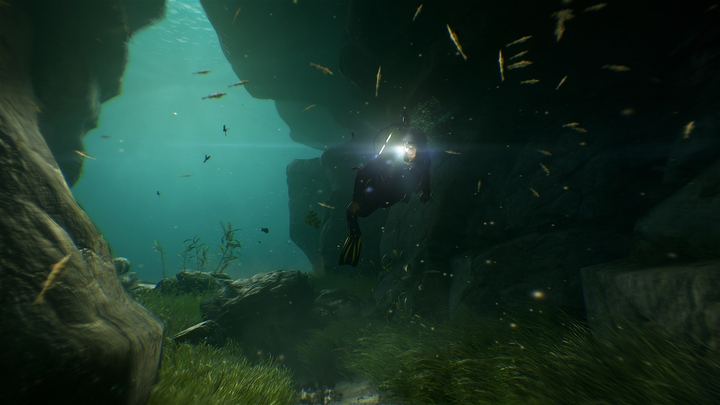
Three chapters allow free exploration, although there are some restrictions (e.g. steeper hills) that prevent the player from going back if they climb on them, but in general, there’s a lot of freedom – Drake can stop the car at any moment and get out in order to explore a ruined cottage or a cave hidden behind a waterfall. This of course is no revolution – rather a nice diversion within the typical Uncharted formula – but there are clear advantages of this aspect of gameplay. Free exploration increases the time the player can spend with U4 – should they show a certain degree of exploratory instinct – but most importantly, it introduces environmental puzzles, which require clearing the route ahead. Nathan mainly uses the winch mounted at the front of his Jeep, which can be used to destroy marked supports or for driving onto steep hills after attaching the wire rope to a tree. I personally found these moments reminiscent of Half-Life 2 where you also had to get out of the car from time to time in order to facilitate a jump or clear the path.
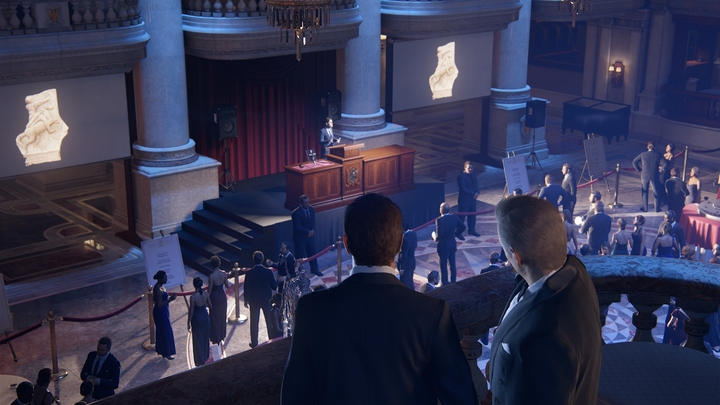
More important still are the changes in the structure of the levels where the player faces Shoreline mercenaries. The developers made sure to provide the locations with enough passages, hiding spots, vantage points etc. You can sneak around the enemies, and so there are levels that can be finished without a single shot. Drake can hide in high grass and walk around guards unnoticed, and even if this solution isn’t perfect (sometimes his allies walk right before the enemies, being completely ignored by the AI), this addition is rather a feather in the cap than a black eye. The exploration is also enhanced by a grapnel, which is the only significant novelty in Nathan’s equipment; it allows Nathan to move around faster and to perform air-assassinations. Unfortunately, it’s hard to enjoy this new ability on the hardest setting since Nathan hanging on a rope is pretty much a sitting duck, and usually will be dead before reaching the target. Nonetheless, both of these new mechanics introduce some major changes into the encounters – the players have to keep their eyes on the guards and their patrol routes to be able to take them down before the bullets start flying. And this is pretty important since A Thief’s End is a really difficult game!
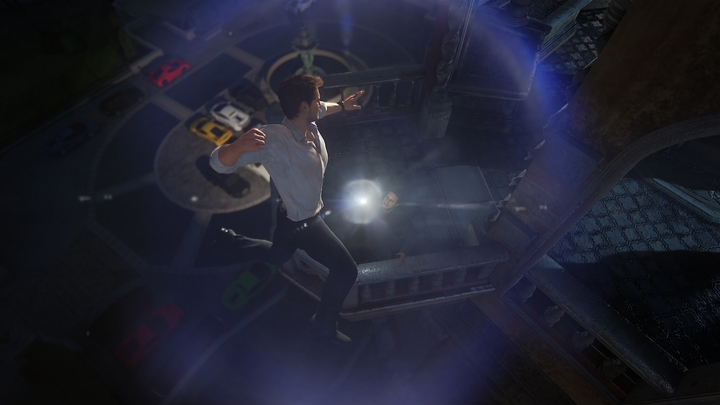
I completed every Uncharted game – including the one for PS Vita – on the crushing difficulty, but none of them thus far were able to undermine my belief in my ability to survive on the battlefield. Uncharted 4 managed to bring me down to my knees; there were times when I just had to put the gamepad down for a while, being sure that if I had failed to complete a given level in over twenty attempts, there was simply no hope left. The game sometimes gives the opportunity to sneak around, and then gets easier since you can take the enemies down silently. However, the trouble starts when hiding is not an option. You really have to scale the heights of your shooting abilities in order to repel a horde of enemies when wooden crates are the only protection from bullets that you can get. A Thief’s End has absolutely no mercy on the crushing difficulty level: there’s never enough bullets, but always a ton of enemies, and grenades shatter our cover in the blink of an eye. Towards the end, the game turns into a real festival of destruction. Every gunfight is sure to cause a lot of frustration, but also as much satisfaction when the dust settles, the music goes out, and Drake utters the classic line, “That’s all of them”. Playing on this difficulty level is why it took me as many as 21 hours to complete Uncharted 4. I suppose it could take around 15 on the normal level if we took for all (quite numerous) collectibles. Apart from the already known treasures, there can also be documents now.
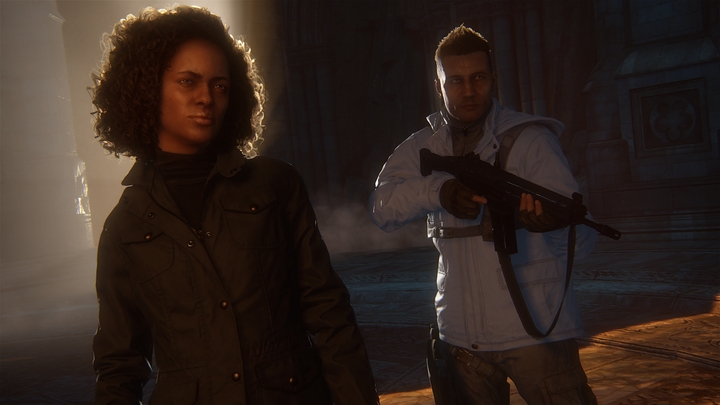
Since we’re talking about combat, let’s focus for a while on the available weapons and the enemies themselves. None of these matters has been significantly changed; save for the names, there’s not much difference between the guns here and in older installments, and they still fall into the same categories: handguns, machine and sniper rifles, and grenade and rocket launchers. The same goes for the enemies: the devs didn’t go reinventing the wheel and simply gave new clothes to the old enemies. The toughest of them are of course the heavily armored chaps with miniguns who cause the most trouble near the end of the game. Let’s also note that there aren’t any supernatural enemies this time – people at Naughty Dog must have reached the conclusion that throwing some unreal, bizarre monsters into the mix totally missed the point, and personally, I couldn’t be more grateful for that.
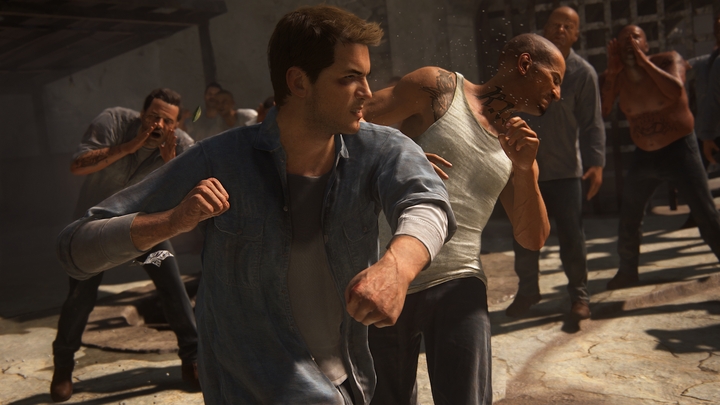
The shooting mechanics are absolutely perfect, and even though this is a TPS game, you can definitely "feel" every weapon that Drake uses. Moving between covers, the previously mentioned air assassinations that make it possible to take your enemy's weapon, and unbelievably smooth melee combat – this all shows that Naughty Dog put a lot of work into that aspect, and each of these elements is almost perfect now. The thing that pains me the most is the stupidity of the AI-controlled enemies that don’t show any sign of intelligence. The rivals are really mobile and it's a pleasure to watch how they try to get an upper hand, but if the firefight is nowhere near its conclusion, weird things begin to happen. The big guy with a shotgun keeps shooting from the same spot although there is no chance that he'll hit his mark, and snipers patiently keep their eyes fixed on Nathan, not even bothering to try to flank him – even though the arena makes it possible. That's actually the only serious problem this game has, especially when you play on the highest difficulty level and do your best not to attack head-on.
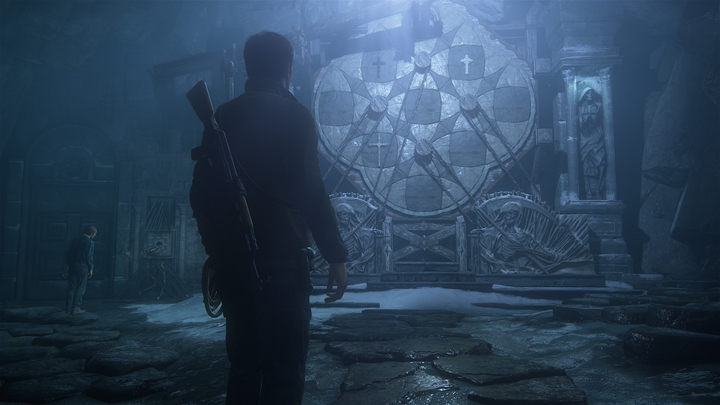
As I’ve mentioned at the very beginning, I consider A Thief’s End the best installment in the series (I have recently chain-played all of the previous parts, which gives a good perspective). At the same time, I have to emphasize the fact that A Thief’s End isn’t as jaw dropping as Among Thieves, as this part was miles ahead of its predecessor, and will probably still be regarded as the greatest leap in quality during the series. But A Thief’s End is really brilliant in combining all the classic elements we expect from an Uncharted game and some minor, yet interesting novelties, which makes for a perfect final part. If you are a fan of Nathan Drake and his buddies, and you’re looking for a great adventure with treasure at the end, this game will provide everything you want, and then some. Poor artificial intelligence can sometimes spoil the fun a bit, but it’s nothing compared to all the overall quality. This is the sequel I expected, and this is the sequel I got. End of story.
Uncharted 4: A Thief's End
Uncharted 4: A Thief's End Review – The best PS4 exclusive on the market
After several years of living in peace, Nathan Drake is back to embark on his last grand adventure. Is A Thief's End as good a conclusion as we hoped it would be?
